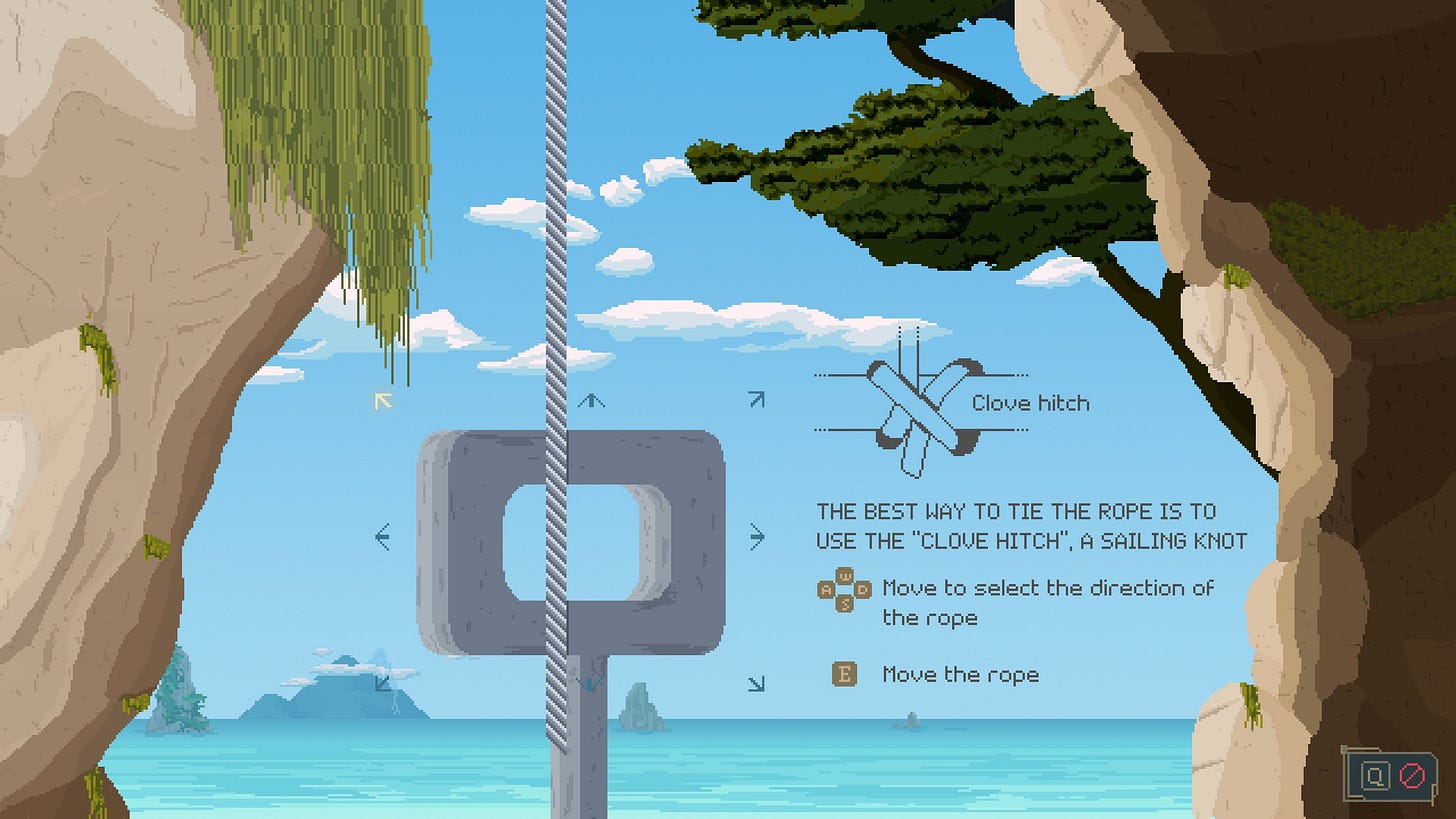Verne: The Shape of Fantasy — Level Turner
Preview
Adventure games and pixel art have always gone hand in hand, from LucasArts classics to Wadjet Eye’s diverse roster of titles and more recently with Thimbleweed Park. Another underappreciated gem in this niche is The Lion’s Song by Mi’pu’mi Games, which I reviewed years ago. This is the kind of indie game that I am interested in covering as much as possible as this outlet evolves over time.
As I see it, pixel art helps enhance the imagination rather than replace it with photorealism and not so blocky pixels. I have always thought pixel art to be unique to games and I was immediately drawn by the art style in Verne: The Shape of Fantasy, the debut title by indie studio Gametopia, published by Assemble Entertainment. This preview is based on the PC demo version available on Steam.
Journey to the Centre of Verne
You play as Jules Verne, a character in an alternate history, not the writer himself from our historical timeline. In Verne: The Shape of Fantasy, this version of Jules Verne seems to inhabit his own fictional worlds after his ship crashes on a surreal deserted island that changes shape as the days go by. After solving a puzzle with petroglyphs, a door opens into a cave, and the journey continues to the Center of the Earth.
Locations in the game invite the player to learn about Verne’s works in the Verne Log menu, and in some sense updating his works, considering how he understood the science of the time, and how science might have evolved since then. There are references to other authors and works of literature, among them Alexandre Dumas, Edgar Allan Poe, Daniel Defoe, and probably more in the full version.
Puzzles and Resolutions
Although I like the simple charm of the Prince of Persia-like 2D climbing animations, some players will probably find the animation basic and low-budget, but that is where I could not care less. As long as the game can entertain me and keep me invested in the story and gameplay, the animation and art style can look blocky and stiff. Using these resources creatively is what indie games do best.
One example is a knot minigame that comes up early on in the island level, where you have to learn how to tie a knot using directional arrows. It’s simple but effective, and it keeps the player invested. There are other types of puzzles in the demo, but this is the one that I found most unique in its simplicity. Of course, there is a lot of room for complexity with the time manipulation mechanic that you unravel at the end of the demo, which will likely pervade the rest of the game.
Labours of Love
The voice acting might sound wooden sometimes, with hints and reactions that some players might roll their eyes at. This is a matter of taste, and it does fit in with the 19th century style of writing and speech. I also suspect some players might struggle to get used to the controls, as there is no mouse support; only keyboard and controller. Other than that, I really enjoyed the pixel art vistas and the occasional close-ups.
The levels available in the demo kept me playing like a compelling science fiction novel or story that makes me turn page after page. This is what adventures game do best. I would not expect something as big and complex as The Dig, but this feels like an adventure game that pays tribute to adventure classics and to science fiction in all its possibilities. It is definitely one of those indie labours of love that managed to find its way to release, and that in itself is worth celebrating.
Verne: The Shape of Fantasy will release on August 14 on Steam and GOG. More information is available on the official website and the developer website.





